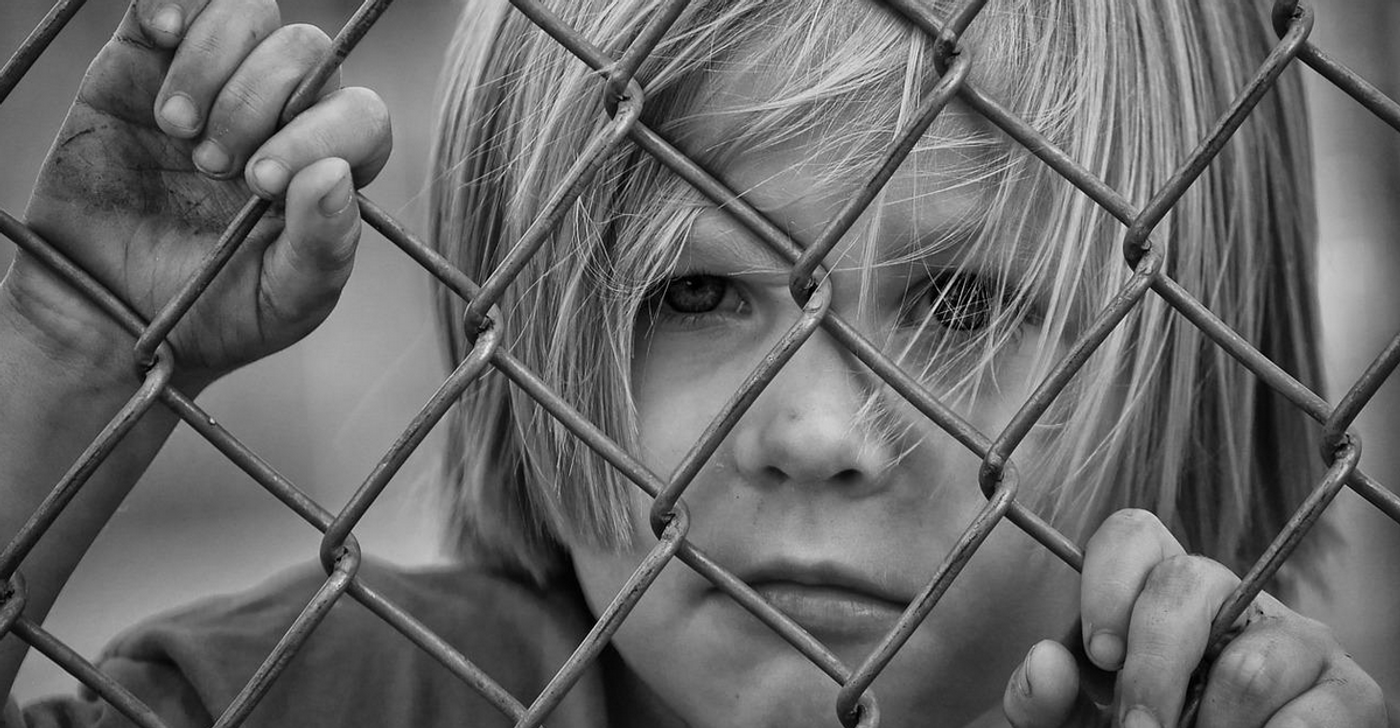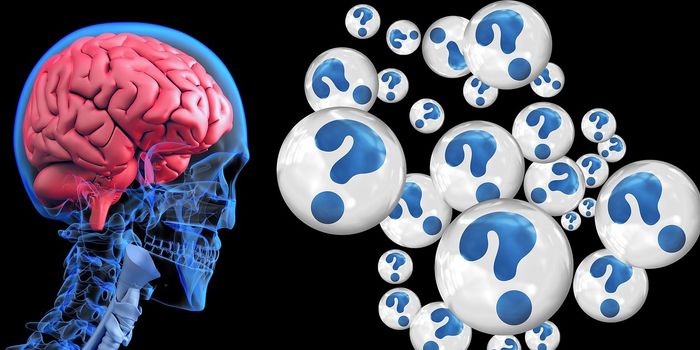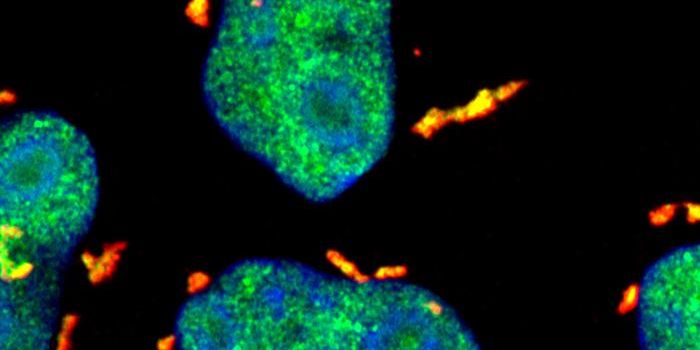Evidence of Trauma in DNA Could Predict Who is Most at Risk
A recent report has outlined the findings from a 17-year study of almost 500 people who experienced trauma in childhood. This work has shown that such trauma can leave epigenetic signatures that could potentially be used as predictive biomarkers for mental disorders including depression, alcohol use disorder, and nicotine dependence, which would identify those who are most in need of preventive treatment after experiencing traumatic events. The findings have been reported in Molecular Psychiatry.
We don't all react the same way to the same event. When two children both experience the same traumatic situation, one might have much more severe consequences later on in life because of that trauma compared to the other individual, noted lead study author Edwin van den Oord, Ph.D., professor and director of the Center for Biomarker Research & Precision Medicine at the VCU School of Pharmacy. "Our biology can sometimes respond to trauma, and by looking at DNA responses associated with trauma, we've developed a novel tool for predicting long-term health risks."
In this study, the researchers used human samples to assess epigenetics, which are molecular changes that impact gene expression without altering the DNA sequence. Methyl groups that bind to DNA and change gene activity, for example, are one very common epigenetic marker. Things in our environment, such as habits, age, diet, or even trauma, can alter our epigenetics, said study co-author Karolina Aberg, Ph.D., associate director of the Center for Biomarker Research & Precision Medicine.
The Great Smoky Mountain Study was a 30-year project created by Duke University and the North Carolina Department of Health and Human Services that followed hundreds of kids as they grew to adulthood.
"Most participants began their involvement in this study when they were 9 to 13 years old. These individuals are now in their 30s," said Aberg. "There are few studies in the world that have collected this kind of data for so long."
DNA was extracted from blood samples and used to analyze nearly 28 million places in the human genome where methyl tags could appear. Methylation changes were tracked along with reports of traumatic events such as injury, violence, sexual assault, or threats of death.
Computational tools tracked the changes that were linked to trauma, and the data was continuously collected as the participants grew older. Eventually, methylation risk scores were developed that could predict adverse outcomes like physical health issues, psychiatric disorders, poverty, social problems, or substance abuse. Those risk scores were able to predict the type of problems individuals would have 17 years after they'd experienced trauma.
The methylation risk scores were also better at predicting negative outcomes than the trauma reports. The study authors noted that this illustrates how the impact of childhood trauma depends on the person.
"DNA methylation has better predictive power because it's not just saying whether a child experienced trauma, but rather it's showing us how that child is responding to trauma," said van den Oord.
These risk scores might be particularly useful when children are difficult to assess because they cannot speak about the event or their experience.
Now, the researchers would like to confirm these results by testing methylation risk scores on a much larger dataset.
"This study has shown that methylation biomarkers could potentially help identify those most at risk of experiencing trauma-related health issues," van den Oord said. "If we can determine who is the most in need of preventive care, we can tailor their treatments and support networks to put them on the best path for recovery."
Sources: Virginia Commonwealth University, Molecular Psychiatry
-
APR 30, 2024Immuno-Oncology Virtual Event Series 2024
-
MAY 07, 20243rd International Biosecurity Virtual Symposium
-
SEP 03, 2024Microbiology Week Virtual Event Series 2024
- See More


















































